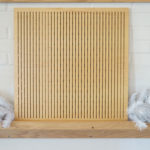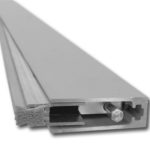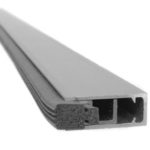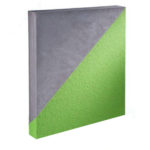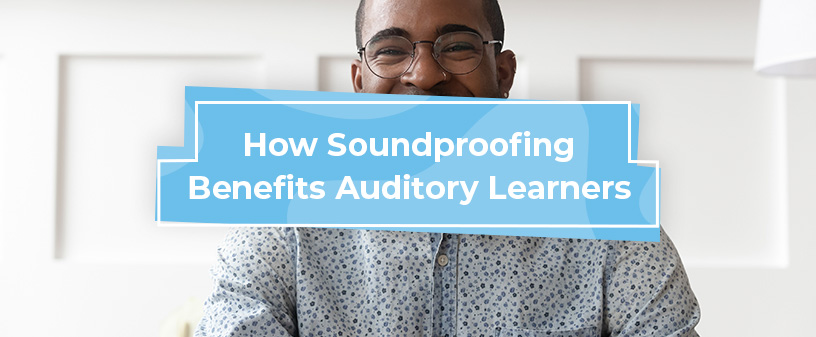
People learn in different ways. Some people learn by doing, others learn by seeing and a unique few learn by listening. Teachers may employ different lessons to engage these varied learning styles, but most overlook a simple solution for auditory learners — soundproofing. Here, we’ll outline some basic insight into the different learning styles, as well as the best soundproofing tools that can benefit auditory learners in their academic or at-home environment.
What Is Auditory Learning?
As you may have guessed, the definition of aural learning is the act of learning by hearing or listening. Auditory learners don’t have to read an infographic or watch an instructional video to learn new material. Instead, they can listen to e-books, hear recorded lectures or figure things out through discussion.
How Does Auditory Learning Impact the Learner?
Auditory learners benefit from the fact that it’s highly unlikely they’ll be in a situation where there is no auditory stimulus. Most videos and lectures have a speaking component. After all, it’s not often an instructor hands their students a piece of written content and says, “There you go, figure it out.”
Another big advantage auditory learners have is that those who are skilled enough tend to retain information more effectively than those of other learning types. Those with other learning types may hear information and have it, as they say, “Go in one ear and out the other,” without realizing it. Comparatively, auditory learners are better at holding on to the information they hear.
Perhaps the biggest disadvantage is that auditory learners face the struggles of background noise and sound pollution, which can greatly impede their unique learning advantages.
How Does Aural Learning Compare to Other Learning Styles?
Compared to other learners, aural learners require more strategized learning techniques. Other people with other learning styles may be one of the following:
Visual Learners
Screens heavily populate today’s world. From televisions to computer monitors and mobile screens, it’s not surprising that visual learning is highly popular. Visual learners tend to respond to pictures, illustrations, animated videos and other teaching methods that stimulate the eyes.
One of the biggest advantages visual learners have is that it’s quite easy to recall something they’ve learned before because visuals trigger a memory response. One major downside is that if they need to learn only from text or speech without visual assistance, learning new information can be quite difficult.
Reading and Writing Learners
Some people learn best when writing down notes and rereading them later. This learning style is often more independent and incorporates other visual or auditory aids to guide education. If these learners find themselves watching or listening to something and can’t take notes, they may struggle to learn and integrate the information in the future.
Kinesthetic Learners
Kinesthetic learners are action oriented. They learn by doing — having to jump in and figure things out through trial and error doesn’t intimidate them. They understand cause-and-effect relationships, often analyzing them and putting their newfound knowledge into practice to understand new topics.
The disadvantage to this learning style is that, without the proper preparation or verbal instruction, some tasks may seem complicated and undoable before getting the hang of them.
How to Improve Your Room’s Acoustics for Auditory Learners
It can be frustrating to try to listen to someone while background noise demands attention. For auditory learners, these distractions can impede their ability to learn and follow instructions. The sound technicians at Soundproof Cow understand how important clear, crisp sound is for auditory learners. That’s why we offer soundproofing products outfitted for the needs of a learning or home environment.
How Does Sound Work?
Before we get into soundproofing materials, let’s cover a quick lesson about how sound waves work. Imagine what would happen to a body of water if you dropped a pebble in it. Water would ripple in every direction from the impact zone, right? Sound waves work similarly, bouncing around floors, ceilings and walls until they run out of energy or something absorbs them.
The goal of soundproofing is not to eliminate sound. Rather, soundproofing controls sound waves so the right amount of noise reaches your ears, and any outside distractions stay outside. You can accomplish this with the helpful aid of Soundproof Cow’s DIY-soundproofing tools.
Shop Soundproofing Materials
The Best Soundproofing Tools for Auditory Learners
For better sound wave control, which is known to improve an auditory learner’s academic environment, use these effective and easy-to-install soundproofing materials:
1. Acoustic Panels
Acoustic panels are sound-absorbing materials you place on your walls to aid the flow of sound waves in any room. We have a diverse selection of acoustic panels, like:
- Art acoustic panels: Acoustic panels don’t have to look like you’re stepping into an audio booth. In fact, you don’t even have to know its an acoustic panel at all with our fully customizable art acoustic panels.
- Fabric-wrapped acoustic panels: Our Udderly Quiet® Acoustic Panels can be wrapped in a variety of finishes and come in many sizes and configurations. Our fabric-wrapped acoustic panels can be made to order to fit your room’s aesthetic and size.
- Perforated acoustic wood: For a more natural look, you may prefer our EccoTone™ Acoustic Wood Panels, available in a variety of engravings and styles.
Our acoustic panels work to control your interior sounds, and they work best in tandem with other exterior soundproofing tools, like door seals and sweeps.
2. Door Seals and Sweeps
Doors may be good at keeping people out, but their soundproofing capabilities may not be as effective. If you closely inspect your door, you’ll see perimeter cracks that sound waves can easily travel through. And, if you knock on your door, you’ll be able to hear the hollow interior where sound waves rapidly bounce around, amplifying the sound.
To remedy noisy doors, we offer door seals and sweeps. Our door seals line the open perimeter of your door to keep sounds from traveling through. Door sweeps fit the bottom of your door, which targets any other sounds and keeps any air from coming in.
Shop Our DIY Soundproofing Materials Today
If you’re an auditory learner who’s fed up with noisy distractions, browse our array of DIY soundproofing products for a solution. Not sure where to start? Take our questionnaire for personalized suggestions from our expert sound technicians. Get started online today, or give us a call at 1-866-949-9269 and let us know how we can help.





